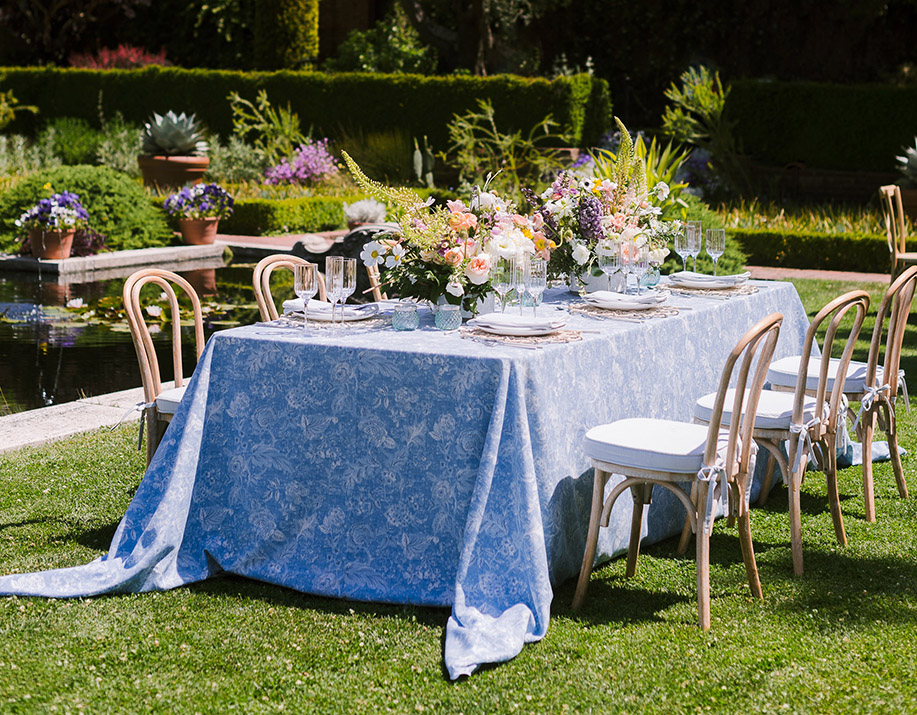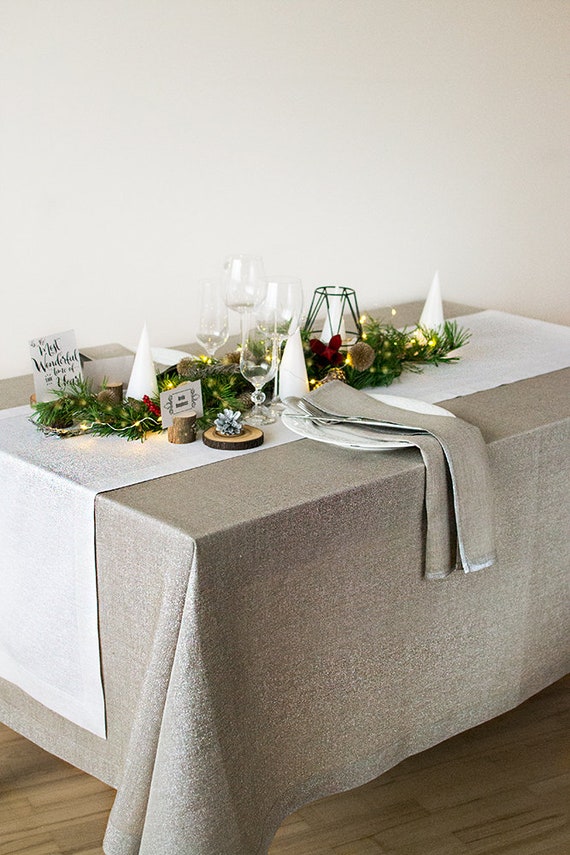Bed Linen Fabric Developments: Checking Out Modern Trends and Creative Applications in Layout and Textile Industry
From sustainable production methods to advanced weaving innovations, the development of linen is reshaping the landscape of the textile market. As we dig into the realms of creative design applications and the emergence of bed linen blends and hybrid fabrics, a brand-new phase unfolds in which bed linen's function in future fabric developments takes facility phase.
Sustainable Practices in Bed Linen Manufacturing
Sustainable techniques in bed linen production have actually come to be significantly vital in the textile industry's initiatives to reduce ecological effect and promote ethical sourcing approaches. Linen, a natural fiber acquired from the flax plant, supplies a series of benefits such as biodegradability, breathability, and resilience. However, standard techniques of bed linen production can involve substantial water consumption, chemical usage, and energy-intensive processes.
To attend to these challenges, lots of textile makers are adopting lasting practices throughout the linen manufacturing process. This includes sourcing flax from natural farms that stay clear of harmful chemicals and chemicals, implementing water-efficient retting strategies to extract fibers from the flax stalks, and using environmentally friendly dyes and coatings. Furthermore, some firms are purchasing renewable resource resources to power their manufacturing centers and decreasing waste with recycling and upcycling campaigns.
Technological Improvements in Linen Weaving
With the growing emphasis on lasting techniques in bed linen production, the fabric industry is currently seeing a rise in technical innovations specifically targeted at changing the art of bed linen weaving. These technologies are reshaping the method bed linen materials are generated, supplying increased efficiency, quality, and creativity in weaving techniques.
One of the crucial technical advancements in linen weaving is the integration of computerized looms. These sophisticated looms are furnished with software that enables complex and intricate designs to be woven with accuracy. By digitizing the weaving procedure, suppliers can attain better uniformity and accuracy in their linen textiles.
Furthermore, advancements in yarn spinning modern technology have actually made it possible for the manufacturing of finer and more long lasting linen yarns - table cloths. This results in softer and smoother bed linen textiles that maintain their high quality even after multiple usages and cleans
Furthermore, the advancement of environment-friendly dyeing processes and finishes for bed linen materials is gaining grip. These lasting practices not just lower the ecological impact however likewise deal with the boosting consumer need for fairly produced fabrics.
Creative Style Applications for Bed Linen
Cutting-edge artistic strategies are progressively forming the imaginative design applications for bed linen in the fabric industry. Linen's all-natural aesthetic allure and ability to mix with various other fabrics make it a preferred selection for creating distinct garments and devices that cater to the ecologically conscious consumer.
Additionally, developers are trying out bed linen in home decor, utilizing its breathable and long lasting nature to craft fashionable furnishings such as curtains, bed linen, and furniture. The structure and drape of bed linen bring a feeling of sophistication and comfort to interior rooms, including a touch of elegance to modern homes.

Bed Linen Blends and Crossbreed Fabrics

Crossbreed materials, on the other hand, take the concept of mixing a step better by integrating additional components such as metallic strings, recycled materials, or conductive fibers. These innovative fabrics not only increase the style possibilities however also present practical facets like conductivity, antimicrobial properties, or boosted durability. Hybrid textiles are significantly being utilized in numerous industries, consisting of fashion, indoor design, and technological textiles, where the need for multifunctional materials is on the surge.
Bed linen's Duty in Future Fabric Innovations

In the realm of future fabric innovations, bed linen is expected to be a key gamer in the advancement of innovative useful textiles. Developers and scientists are exploring ways to improve bed linen's integral qualities with technological developments, such as integrating clever fabrics, nanotechnology, and efficiency surfaces. These developments aim to raise linen's efficiency attributes, making it suitable for a broader variety of applications, from activewear to protective clothes.
In addition, the combination of bed linen with other natural or artificial fibers opens up countless possibilities for developing unique fabrics with one-of-a-kind homes and functionalities. By leveraging linen's characteristics and exploring innovative blends, the fabric market is poised to present exciting advancements that accommodate progressing consumer requirements and sustainability requirements.
Conclusion
To conclude, the expedition of sustainable methods, technical developments, creative style applications, bed linen blends, and its duty in future textile technologies highlight the constant advancement of bed linen textile in the contemporary style and textile sector. With a concentrate on innovation and creative thinking, the versatility and environment-friendly nature of linen make it a useful material for designers and makers alike, leading the way for more developments and innovations in the area of fabrics.
As we dive into the worlds of imaginative design applications and the emergence of bed linen blends and crossbreed materials, a brand-new chapter unfolds in which linen's role in future textile technologies takes center stage.
Checking out the combination of linen see here now with various other textiles has led to the development of ingenious blends and crossbreed textiles in the contemporary textile sector. Linen blends provide a special mix of the qualities of linen with those of various other fibers, resulting in materials that have enhanced residential or commercial properties such as increased resilience, boosted draping, and minimized wrinkling.The development of bed linen blends and hybrid fabrics has actually set the phase for Linen to play a crucial role in driving future fabric developments.In the realm of future textile advancements, bed linen is anticipated to be a key gamer in the development of sophisticated useful fabrics.